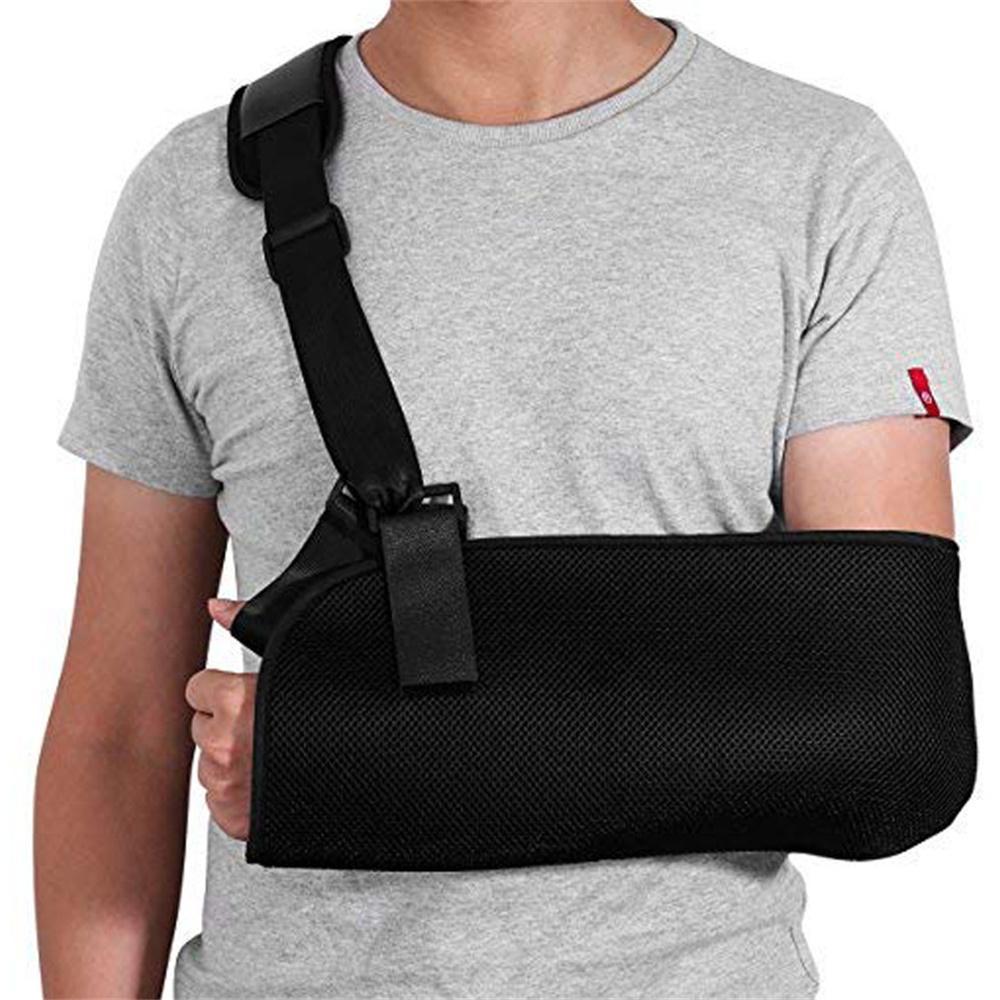Medical Sling Market Threatened by Technological Obsolescence and Shifting Healthcare Preferences

The global medical sling market, while poised for growth due to the aging population and rising incidence of mobility-related injuries, faces a set of critical threats that could hamper its expansion and long-term profitability. From regulatory hurdles to intense price-based competition, the industry must navigate several obstacles to maintain stability and investor confidence.
1. Rising Competition from Low-Cost Manufacturers
One of the foremost threats in the medical sling market is the surge in competition from low-cost product manufacturers, especially those based in Asia-Pacific regions. These manufacturers often offer products at significantly reduced prices, attracting healthcare facilities in cost-sensitive markets. However, this raises concerns over product quality, safety, and durability, which can impact brand reputation for premium manufacturers.
Moreover, price wars and commoditization put pressure on margins for established players, forcing them to either reduce costs or invest heavily in differentiation strategies—both of which can affect profitability.
2. Stringent Regulatory and Compliance Challenges
The medical device sector is governed by rigorous safety standards, and medical slings—being categorized as Class I or Class II medical devices depending on the region—are no exception. Gaining and maintaining regulatory approvals from bodies such as the FDA (U.S.), CE (Europe), or CDSCO (India) is an expensive, time-consuming process. Any changes in standards, labeling requirements, or testing procedures can disrupt the product development lifecycle and delay market entry.
Additionally, failing to meet regulatory expectations can lead to costly product recalls, legal liabilities, and reputational damage. For newer entrants or small manufacturers, these requirements pose a significant barrier to entry and growth.
3. Reimbursement and Insurance Challenges
Medical sling purchases are often influenced by reimbursement policies offered by insurance companies and public healthcare systems. Inconsistencies in reimbursement frameworks across different countries can result in a slow or limited uptake of high-end slings. For instance, some insurance providers may reimburse only for basic sling types, discouraging the adoption of more advanced or specialized models.
In markets where healthcare expenditure is tightly controlled, delayed or denied reimbursements can severely affect both sales volumes and hospital procurement decisions, especially for expensive or custom-designed slings.
4. Counterfeit and Substandard Products
Another critical threat is the infiltration of counterfeit or substandard medical slings in the market. These products, often unregulated and lacking proper certifications, not only pose a serious health risk to patients but also tarnish the credibility of the industry. For reputable manufacturers, the proliferation of such products results in lost revenue and potential legal entanglements.
Furthermore, online marketplaces that lack strict product verification policies can become breeding grounds for these counterfeits, making it harder for buyers to distinguish authentic, medically-approved slings from imitations.
5. Supply Chain Vulnerabilities
The COVID-19 pandemic highlighted vulnerabilities in global supply chains across many industries, including medical devices. For the medical sling market, reliance on global suppliers for raw materials such as fabrics, fasteners, and padding materials exposes manufacturers to risks of delay, cost fluctuations, and transportation challenges.
Geopolitical tensions, trade restrictions, and fluctuating currency exchange rates further complicate global sourcing strategies. Any disruption in the supply chain can lead to production slowdowns, missed delivery commitments, and increased operational costs.
6. Technological Obsolescence and Evolving Preferences
With rapid advancements in patient mobility solutions, traditional slings face the risk of being rendered obsolete by newer technologies. Integrated patient lift systems, robotic mobility aids, and AI-powered rehabilitation tools are gradually gaining traction in advanced healthcare settings. These innovations, while beneficial for patient care, pose a direct threat to conventional sling products, especially those that lack innovation or customization.
In parallel, healthcare providers are increasingly favoring products that combine safety with comfort and ease-of-use, pushing manufacturers to continuously invest in R&D. Those unable to keep up with these evolving preferences risk losing market share.
Conclusion
While the medical sling market continues to benefit from demographic trends and increased demand for elderly and bariatric care, it is not without significant threats. Regulatory pressures, competitive pricing, and technological shifts, combined with the ever-present risks of counterfeiting and supply chain disruptions, present formidable challenges. Industry players must focus on innovation, quality assurance, and compliance to stay resilient in a volatile landscape.
- Art
- Causes
- Crafts
- Dance
- Drinks
- Film
- Fitness
- Food
- Juegos
- Gardening
- Health
- Home
- Literature
- Music
- Networking
- Other
- Party
- Religion
- Shopping
- Sports
- Theater
- Wellness
- Politics
- IT
- Relationship
- Blockchain
- NFT
- Crypto
- Fintech
- Automobile
- Faith
- Family
- Animals
- Travel
- Pets
- Coding
- Comedy
- Movie
- Game
- Computer



